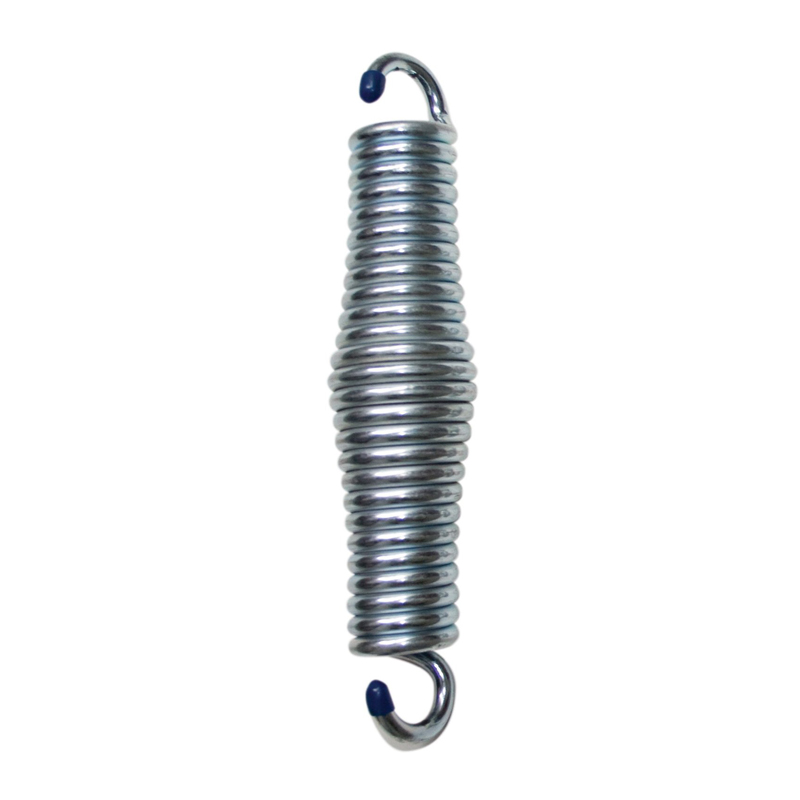
- Mobile Phone
- +8613931874955
- sales@cntcmetal.com
Durable Stainless Steel Brick Ties for Enhanced Structural Support in Construction
Stainless Steel Brick Ties A Comprehensive Guide
In the world of construction and masonry, the integrity and stability of structures are paramount. When it comes to brickwork, one essential component is the brick tie, which serves to secure bricks to the underlying structure, ensuring durability and strength. Among various materials used for producing brick ties, stainless steel has emerged as a preferred option. This article will explore stainless steel brick ties, their benefits, applications, and some best practices for their use in construction projects.
What Are Brick Ties?
Brick ties are metal connectors used to bind bricks to a wall, typically composed of masonry units like concrete blocks or steel framing. These ties are strategically placed within the mortar joints and are crucial for maintaining the structural integrity of brick veneer applications. Without proper tie installation, brick walls may experience issues such as bulging, cracking, or even complete structural failure.
Why Choose Stainless Steel Brick Ties?
There are several materials used for manufacturing brick ties, including galvanized steel and plastic. However, stainless steel has distinct advantages that make it the material of choice for many construction professionals
1. Corrosion Resistance One of the primary benefits of stainless steel is its inherent resistance to corrosion. Unlike galvanized steel, which can rust over time, stainless steel ties maintain their integrity even in harsh environments, such as coastal areas with high salt exposure or industrial zones with corrosive elements.
2. Strength and Durability Stainless steel exhibits exceptional tensile strength, allowing it to withstand the forces of nature, such as wind and seismic activities. This durability ensures long-lasting performance and fewer maintenance requirements over the structure's lifespan.
3. Longevity Buildings that utilize stainless steel brick ties are often more resilient, leading to a longer service life. This longevity translates to reduced lifecycle costs, making them a cost-effective choice in the long run.
4. Aesthetic Quality Stainless steel ties maintain their appearance over time, providing a clean and modern look. For projects where visibility of ties is a concern, stainless steel ties can integrate seamlessly with the overall design.
5. Sustainability Stainless steel is a recyclable material. Choosing stainless steel ties not only promotes the use of long-lasting materials but also contributes to sustainable construction practices.
Applications of Stainless Steel Brick Ties
Stainless steel brick ties are versatile and can be applied in various construction scenarios
. Here are a few key applicationsstainless steel brick ties

1. Residential Construction In homes where brick veneer exteriors are used, stainless steel ties provide reliable support and stability to the brick facade.
2. Commercial Buildings For commercial structures, especially those with large surface areas of brick, stainless steel ties are essential in ensuring the external façade remains secure and visually appealing.
3. Heritage Restoration When restoring historic buildings, using stainless steel ties can preserve the integrity of the original materials while providing modern performance enhancements.
4. Seismic-Prone Areas In regions prone to earthquakes, the strength and flexibility that stainless steel ties offer make them a wise choice for securing brick structures against shifting and movements.
Best Practices for Installation
To ensure the effectiveness and longevity of stainless steel brick ties, proper installation techniques are critical
- Spacing Adhere to industry standards and local building codes regarding the spacing and placement of ties. Typically, ties are installed at intervals of 16 to 24 inches vertically and horizontally.
- Proper Embedment Ensure ties are adequately embedded into the mortar joints to facilitate strong adhesion. This helps to maximize the effectiveness of the tie in holding the bricks securely.
- Quality Assurance Use high-quality stainless steel ties that comply with relevant standards. This guarantees the material will perform as expected under various environmental conditions.
- Regular Inspections Conduct routine inspections of brickwork and ties, particularly after extreme weather events, to identify any potential issues early on.
Conclusion
Stainless steel brick ties play a crucial role in modern masonry construction, providing vital support and enhancing the longevity of brick structures. With their myriad advantages—ranging from corrosion resistance to strength and aesthetic appeal—stainless steel ties are a sound investment for both residential and commercial projects. By adhering to best practices during installation, builders can ensure the stability and durability of their brickwork, ultimately leading to safer and more resilient structures. Whether for new construction or restoration projects, the choice of stainless steel brick ties is a decision that pays dividends over time.
share:
-
Why Sacrificial Formwork Is Redefining Underground ConstructionNewsJun.06,2025
-
The Structural Dynamics of Modern Concrete: How Snake Spacers Revolutionize Flexible ReinforcementNewsJun.06,2025
-
Snake Spacers Smart-Lock Concrete Reinforcement with Surgical PrecisionNewsJun.06,2025
-
Snake Spacers: Reinforcement Precision for Modern Concrete ProjectsNewsJun.06,2025
-
Snake Spacers Powering Concrete's Structural DNANewsJun.06,2025
-
Slither into Success: Snake Spacers' Precision Bite for Unbreakable ReinforcementNewsJun.06,2025
-
Sacrificial Formwork: Building Stronger, Faster, and Safer StructuresNewsJun.06,2025



















